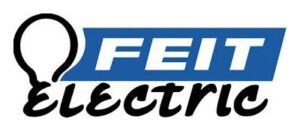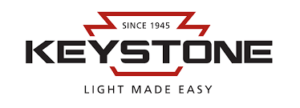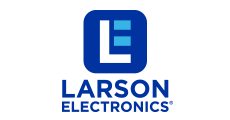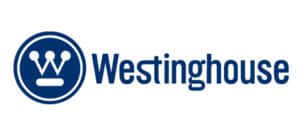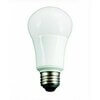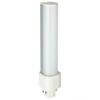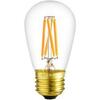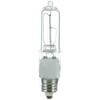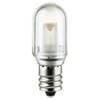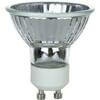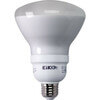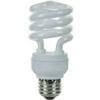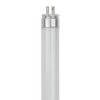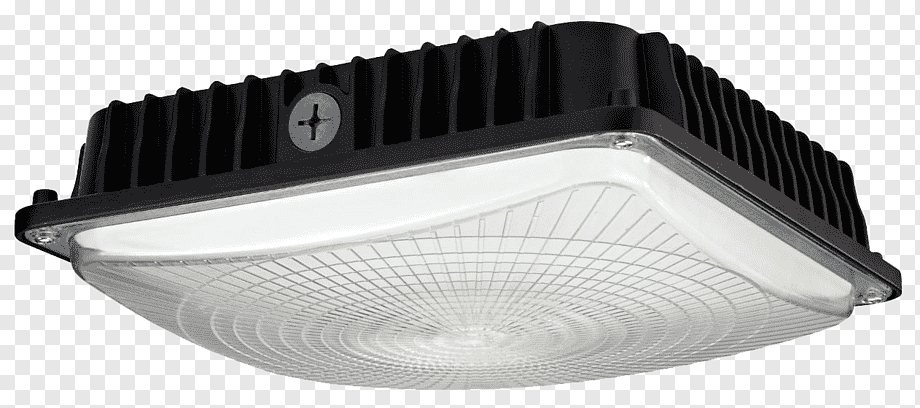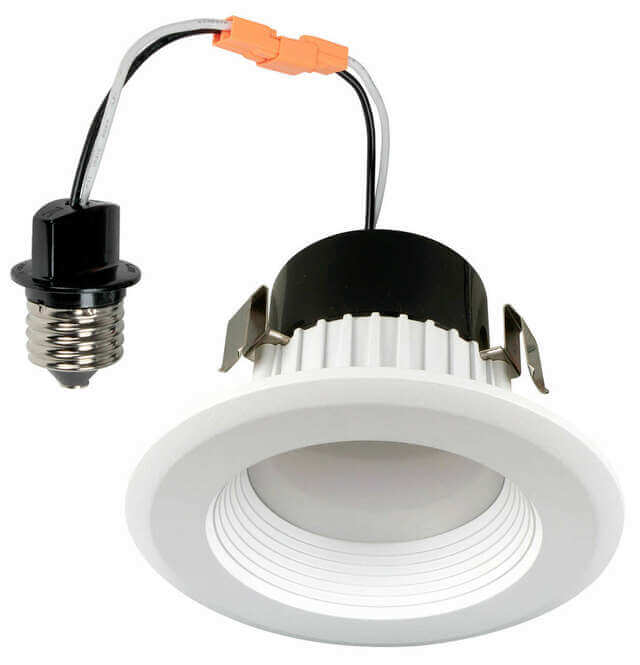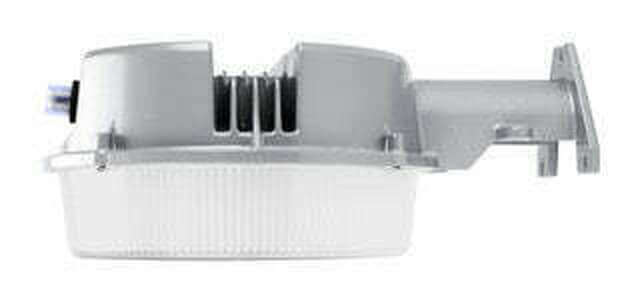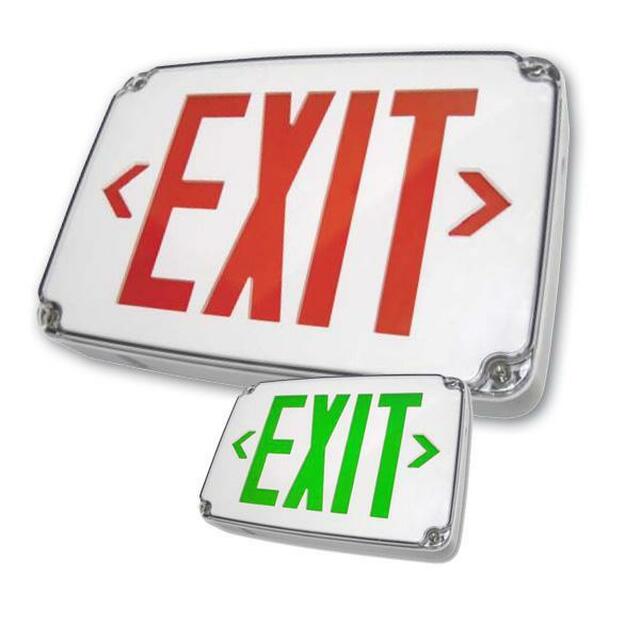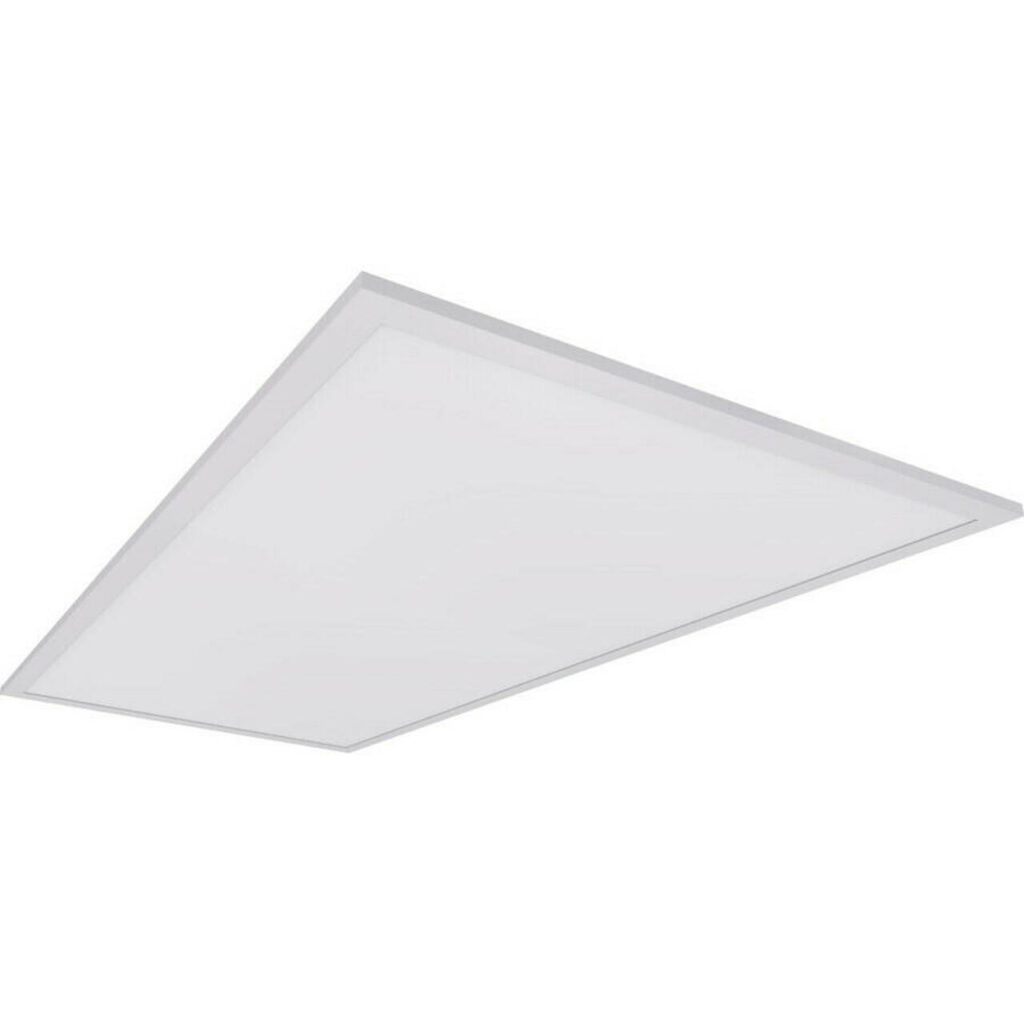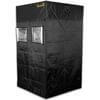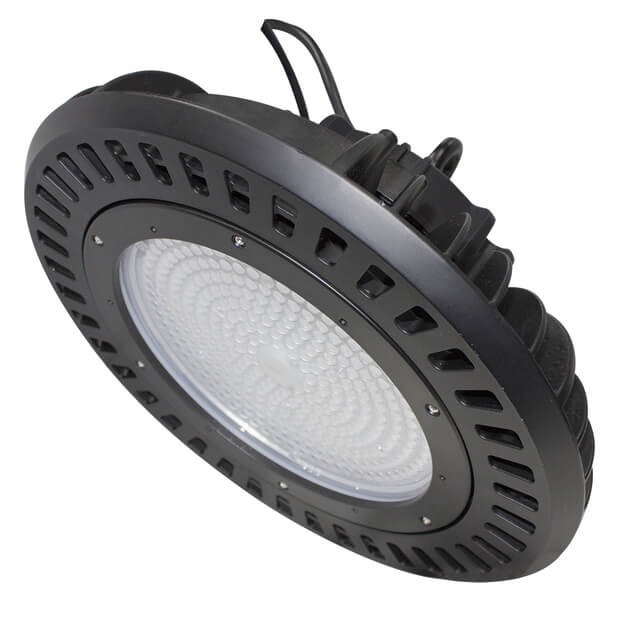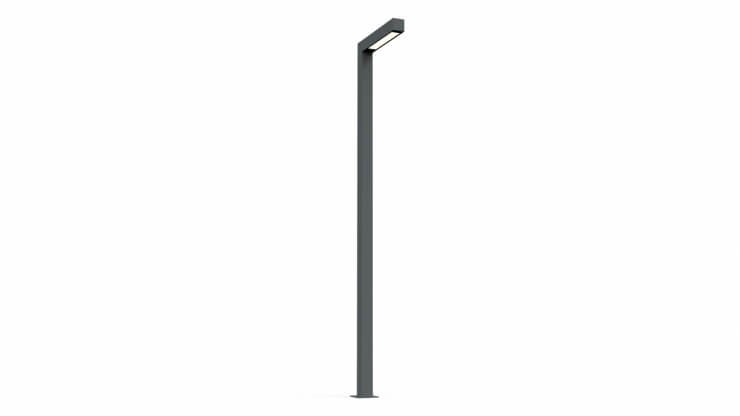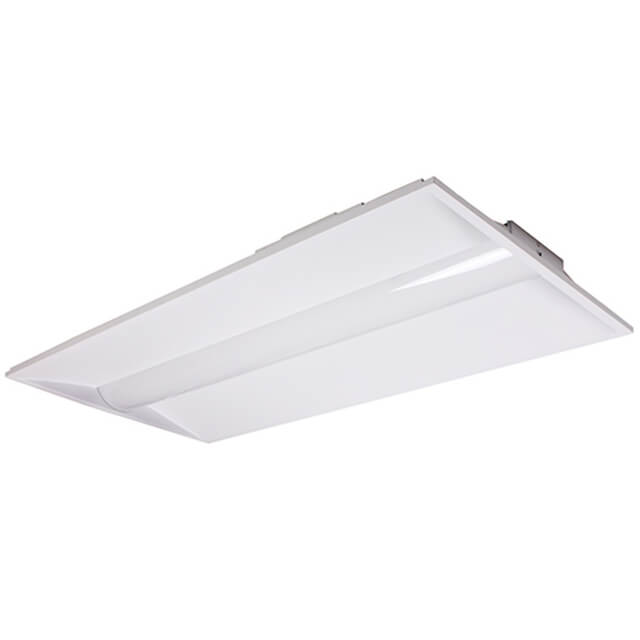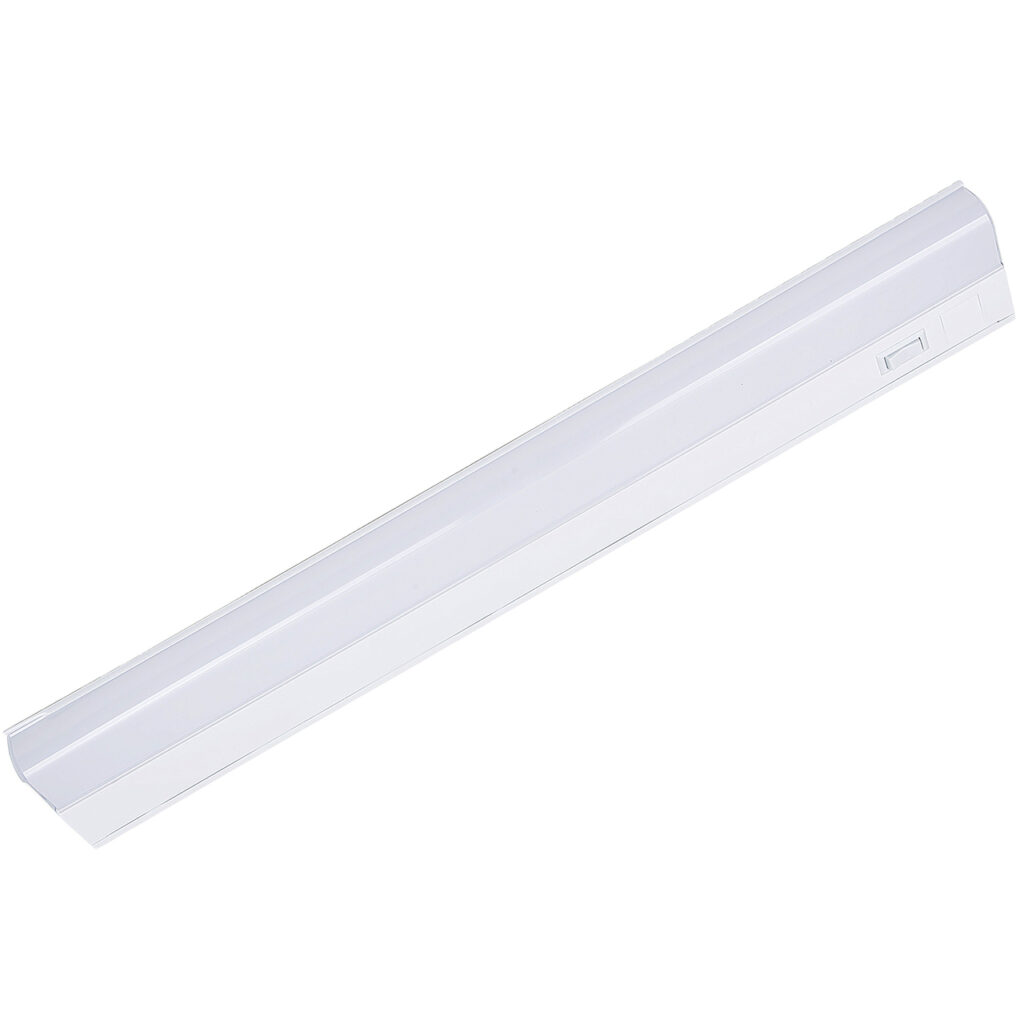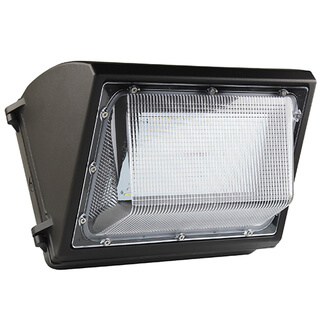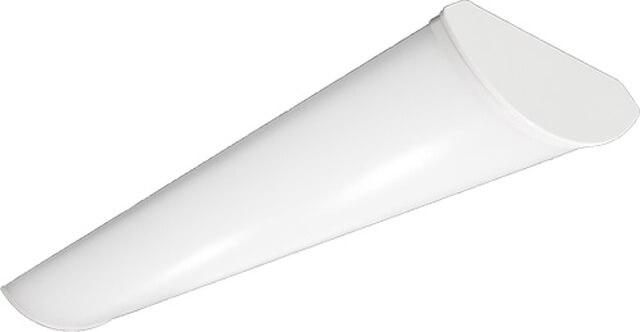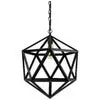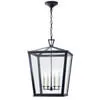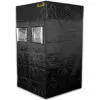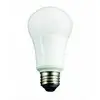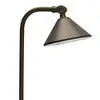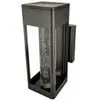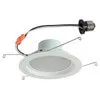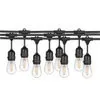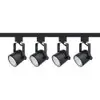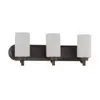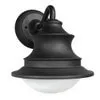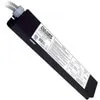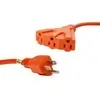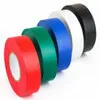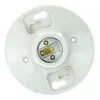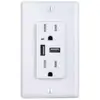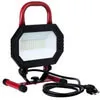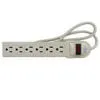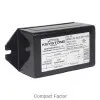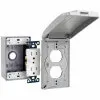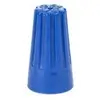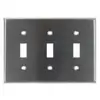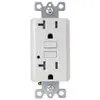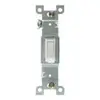LED, CFL, HID—finding the best light bulbs online for a building or room isn’t always easy with so many options. Plus, you have to consider the difference between lumens and watts, the color temperature, whether you want regular bulbs or smart technology, and so on.
Lighting is crucial to both increasing the functionality of an area and setting the ambiance.
In this guide, we cover the different kinds of light bulbs on the market so you can select the right type for a new construction or remodel. Keep reading to learn all about the types, from incandescent to LED and everything in between.
Incandescent
It was in 1879 that Thomas Alva Edison built the first incandescent electric light. At the time, the bulb only burned for a few hours. Edison spent many long hours searching for the perfect filament material to prevent this problem.
Incandescent bulbs today use a tungsten filament that will glow when a current goes through it. Inside and around the filament is nitrogen gas or a vacuum.
Generally, incandescent bulbs only last for around 700-1,000 hours. While it’s a significant improvement over the earliest bulbs, there are options on the market that last far longer.
Incandescent bulbs, though affordable, are often blamed for their energy waste. That said, they’re still an incredibly common choice among homeowners and businesses.
LED
LED stands for Light Emitting Diode. Recently, there’s been a significant shift toward using LED bulbs due to their energy efficiency. LED bulbs also come in a variety of different colors and temperatures, which we’ll cover more later.
LEDs are roughly the size of a fleck of pepper. They efficiently direct light, making them useful for task lighting and recessed downlights.
Another major benefit of LED lights is that they emit very little heat, unlike incandescent bulbs and CFLs. Also, they can last up to 30 times longer than an incandescent bulb and between three to five times longer than CFLs.
LEDs have both residential and commercial uses. They’re commonly applied as under-cabinet lighting or as recessed downlights. They also have many commercial uses, such as street lights, refrigerated case lighting, walkway lights, etc.
CFL
CFLs stand for Compact Fluorescent Lamps. CFLs are largely used to replace incandescent bulbs in commercial buildings, but they’re also used in residences.
A CFL has a unique shape featuring multiple tubes. These tubes are filled with mercury.
CFLs last longer than incandescent bulbs and can work for up to 10,000 hours. The downside to CFLs is that the mercury makes disposal more difficult.
Fluorescent lamps and tubes, including CFLs, must be taken to a hazardous waste disposal facility or acceptable recycling facility. As such, it can make the task of managing property upkeep more of a chore for business owners and homeowners alike.
Fluorescent Tubes
Inside a fluorescent tube, electric current moves between cathodes. The gasses inside the tube, such as mercury, radiate energy. There’s a special coating on the bulb that then takes the energy and transforms it into visible light.
Fluorescent lamps use less energy than incandescent bulbs and can last longer. As such, they were often used in commercial and industrial settings or in classrooms, offices, clinics, etc.
Again, the downside to fluorescent tubes is that it requires special disposal.
HID
HID (High-Intensity Discharge) bulbs work somewhat similarly to fluorescent bulbs. They also contain gas mixtures that activate when an electrical current passes through.
Earlier versions of HIDs used mercury, but now most types use metal halide or sodium vapor. This type of bulb is best for creating a very powerful and bright light that’s perfect for visibility needs.
These bulbs are used as searchlights and in car headlights when visibility is crucial. They have fewer applications in use at home as they’re quite expensive and do lose their brightness over time.
Halogen
Halogen bulbs look similar to incandescent ones. However, the technology is more complicated.
The filament of a halogen bulb is encased in a smaller bulb, which is filled with halogen gas. The gas allows the tungsten filament to restore itself.
Halogens are sometimes used as accent lighting and other types of professional lighting, though they last about as long as incandescent bulbs do.
The major downside of halogen bulbs is that they get very hot and react to oils and residues, such as from your hand, which may cause them to explode.
Lumens vs. Watts
Not too long ago, we shopped for lightbulbs based on watts, or the amount of energy a bulb used. These days, it makes more sense to shop for bulbs based on lumens instead, which refers to a measurement of brightness.
The higher the number of lumens on a bulb, the brighter it is.
Here’s a handy comparison chart you can use to get an idea of what to choose:
- 40 watt – 450 lumens
- 60 watt – 800 lumens
- 75 watt – 1100 lumens
- 100 watt – 1600 lumens
Of course, preference also plays a part, as does the function of the space. For instance, a brighter kitchen makes sense for safety reasons, while a dining room can have a dimmer bulb for ambiance.
Color Temperature
Light bulbs are also measured in color temperature (Kelvins). Some bulbs will be “warmer” in color, which means they’ll have more of an orangeish-yellow hue. Cooler temperatures create a blueish-white hue.
Warm light (2700k – 3000k) creates a more intimate and relaxing vibe. It’s popular in homes, hotels, and restaurants.
Cool light (3500k – 4100k) is a clean and inviting color. It’s often used in offices, grocery stores, showrooms, classrooms, and reception areas.
Daylight (5000k – 6500k), as you might expect, mimics the look of natural daylight. Specifically, it looks like a cloudless sky around noon. These bright bulbs aren’t often used at home but make excellent choices for hospitals, galleries, and jewelry stores.
What are the Different Types of Tube Lights?
Tube lights, also known as fluorescent lights or linear fluorescent lights, are a type of gas-discharge lamp that use electricity to excite mercury vapor, which then produces ultraviolet (UV) light. This UV light is then converted into visible light by a phosphor coating on the inside of the glass tube.
These types of light bulbs are commonly used for general lighting in commercial properties and residential buildings, as well as for specific applications such as aquarium lighting and plant growth lighting. They are known for their energy efficiency and long lifespan compared to traditional incandescent bulbs.
List of different types of tube lights:
- Fluorescent tube lights: These are the most common type of tube lights and use a small amount of energy to produce a lot of light.
- LED tube lights: These are a newer type of tube light that use even less energy than fluorescent tube lights and have a longer lifespan.
- T5 tube lights: These are a smaller size of fluorescent tube lights that are commonly used in applications such as under-cabinet lighting and retail displays.
- T8 tube lights: These are a larger size of fluorescent tube lights that are commonly used in offices, schools, and other commercial buildings.
- T12 tube lights: These are the largest size of fluorescent tube lights and are less common than T8 and T5 lights.
- High-output (HO) tube lights: These are a type of fluorescent tube light that produces a higher amount of light than standard tube lights.
- Very-high-output (VHO) tube lights: These are a type of fluorescent tube light that produces an even higher amount of light than high-output tube lights.
What are the Different Shapes and Sizes of Light Bulbs?
We hear this question all the time and we feel it’s worth bringing up to help our readers intelligently purchase the correct type of bulb for the application.
The most common light bulb shapes and size codes are:
- A-shape: These are the most commonly used and traditional, pear-shaped light bulbs that are commonly used in table lamps, floor lamps, and other household fixtures.
- B-shape: B-shaped bulbs are similar to A-shaped bulbs, but they are slightly wider. They are commonly used in chandeliers and other decorative fixtures
- BR-shape: These bulbs are similar in shape to A-Shape bulbs but have a reflective coating on the outside of the bulb that helps to direct light in a specific direction.
- C-shape: C-shaped bulbs are typically used in chandeliers and other decorative fixtures.
- F-shape: These are similar to A-shape bulbs but tend to be used in commercial and industrial settings.
- G-shape: G-shaped bulbs are similar to A-shape bulbs but tend to be used in commercial and industrial settings.
- GU-Shape: These bulbs are used in landscape lighting and other outdoor applications. They have a two-pin base and a compact size
- MR shape: MR stands for “multi-faceted reflector” and are often used in recessed, track, and accent lighting.
- PAR shape: PAR stands for “parabolic aluminized reflector” and are often used in outdoor, security, and stage lighting.
- R-shape: R-shaped bulbs are reflector bulbs that are commonly used in recessed lighting and track lighting fixtures.
- S shape: S shape bulbs are often used in chandeliers and other decorative fixtures.
Size code are the number that follows the shape code, such as A19, BR30, MR16 etc.
Now You Know the Different Kinds of Light Bulbs!
There are many kinds of light bulbs, and we’ve only scratched the surface today. However, this guide should help you decide which style is best for the application you need, whether it’s for a home renovation, a new office, or anything in between.
Take a look at our wide selection of light bulbs, from fluorescent lamps to incandescent and more. We have the bulbs, supplies, and fixtures you need for all your commercial and residential needs!
Need a Quote? Call us Today at: (888) 325-4448. You can also email us at [email protected] or Shop Online at Lightingandsupplies.com!
We would love to offer assistance and answer any questions regarding all your lighting needs!


